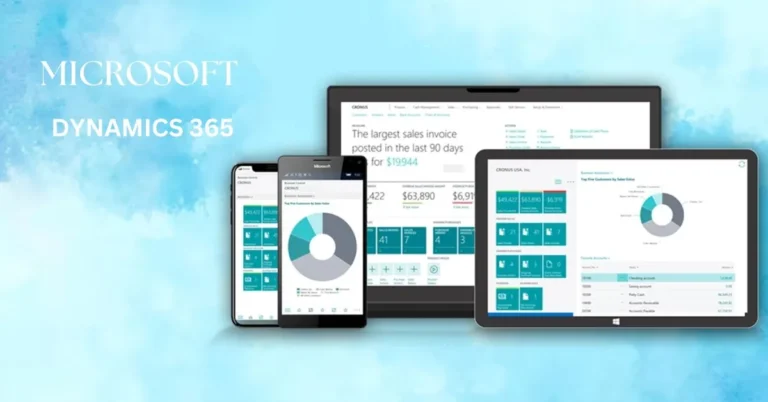Strategies for Paying Off Debt: A Step-by-Step Approach
Debt can affect every part of life, from mental health to future financial opportunities. Individuals burdened by high interest rates or juggling multiple payments often feel they can’t move forward. Paying down debt is a powerful way to regain stability, reduce stress, and unlock potential. Many people start their journey by researching real-life experiences, such as insight found in Dow Janes reviews, to understand what steps actually work. When you commit to a systematic approach, progress becomes evident, and optimism returns.
In addition, living debt-free means more money goes toward savings and investing for your future. The weight of credit card bills lessens, energy can be directed elsewhere, and financial choices become less restricted by past decisions. Researchers link lower debt to higher levels of satisfaction and resilience, making this a worthwhile mission.
Assessing Your Full Debt Picture
A common first step is compiling every outstanding balance. List each lender’s total owed, interest rates, and minimum payments. Knowing where you stand enables you to strategize effectively. This can initially feel overwhelming, but accuracy is key to making real progress. Be sure to check your credit report for anything you might have missed. Seeing the numbers in black and white is helpful—clarity breeds confidence.
An honest assessment also helps you spot high-priority debts—such as those with the highest interest rates or overdue balances. Organizing debts from largest to smallest, or by interest rate, puts your repayment options in sharper focus, supporting smarter decisions moving forward.
Choosing Your Repayment Strategy
Successful debt payoff journeys typically use one of two proven approaches: snowball or avalanche. The debt snowball focuses on first paying off the smallest balance, building positive momentum through quick wins. The avalanche method first targets the highest interest rate, minimizing total interest payments over time. According to research summarized by the NerdWallet overview of debt payoff strategies, both methods have merit; your personality and motivation style can guide your choice.
- Debt Snowball: Pay minimums on all debts, put extra money toward the smallest balance, and move to the next smallest once it’s cleared.
- Debt Avalanche: Pay minimums everywhere, put all extra funds toward the highest-interest-rate debt, and then tackle the next highest.
Your success depends on consistently sticking with your chosen strategy and not getting discouraged by slow months or setbacks.
Setting Up a Budget That Works
Budgeting is the backbone of every effective debt repayment plan. Start by listing all sources of monthly income—salary, side hustles, and benefits. Next, record all recurring expenses, separating essentials from optional spending. Look for areas to trim, such as subscriptions, dining out, or impulse shopping. Every dollar saved is a dollar that can help erase debt faster.
Many people have successfully redirected all “found” money—tax refunds, bonuses, freelance checks—straight to debt payments. Tracking every penny may initially feel tedious, but it helps reveal trends and keeps motivation high as balances shrink.
Negotiating Better Terms
Sometimes creditors are open to lowering interest rates, waiving fees, or offering hardship programs. It’s always worth a respectful phone call to explain your situation and request better terms. Credit card companies may agree to temporarily lower rates, while lenders might offer a payment pause or alternative plans. Lower rates mean more of your payment chips away at the principal, accelerating your timeline.
If conversations with creditors aren’t unsuccessful or debt feels unmanageable, reaching out to a nonprofit credit counseling agency can provide tailored help. Experts can negotiate on your behalf, set up a debt management plan, and offer advice specific to your situation.
Building Healthy Money Habits
Clearing debt for good usually requires changes to how you earn, spend, and save. Simple practices—like tracking expenses daily, setting clear spending limits, and reviewing your progress with a friend—can work wonders. Many individuals find renewed purpose through financial education, whether reading books, attending webinars, or learning from others who have succeeded.
Habits built during debt repayment, like regular saving and cautious spending, create a strong foundation for future success. Celebrate small milestones, such as paying off a credit card, to stay motivated and reinforce good behaviors. These practices clear debt and pave the way for a healthier financial life.
When and How to Seek Additional Support
If the process becomes overwhelming, remember you’re not alone. Support can come from friends, family, or professional counselors. Many nonprofit organizations are eager to help people pay off debt, build budgets, and plan for the future. Trusted online communities and educational resources like the Consumer Financial Protection Bureau can answer tough questions, explain legal rights, and offer step-by-step guidance.
Seeking help is not a sign of failure; it’s a smart move that can speed up your results and reduce stress.
Tracking Progress and Maintaining Motivation
Staying on track is easier when you watch your numbers shrink each month. Use a debt tracking spreadsheet, bullet journal, or a debt payoff app to visualize your journey. Marking each debt as “paid off” provides a rush of accomplishment and reinforces the positive impact of your habits. Some people also join online groups or forums to share milestones, get advice, and keep each other accountable.
Regular progress check-ins allow small adjustments to your plan and help you stay inspired. Reflect on your “why”—more freedom, less stress, greater opportunity—to keep your eyes on the prize.
Planning for a Debt-Free Future
The end of your debt repayment journey marks a new beginning. Redirect money spent on debt toward emergency savings, investments, or meaningful goals. Set up automatic transfers for savings or retirement accounts to ensure you keep building wealth rather than slipping back into old patterns.
Celebrate your achievement, share your story, and inspire others. With a debt-free mindset, healthy financial habits, and continued education, you’ll be well-equipped to meet any future challenge and thrive.







